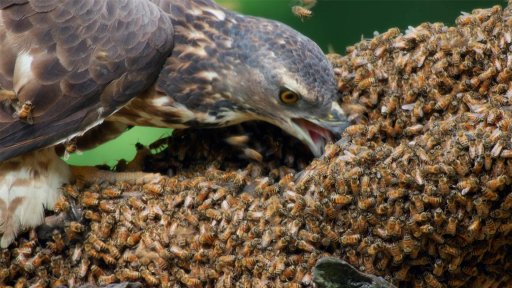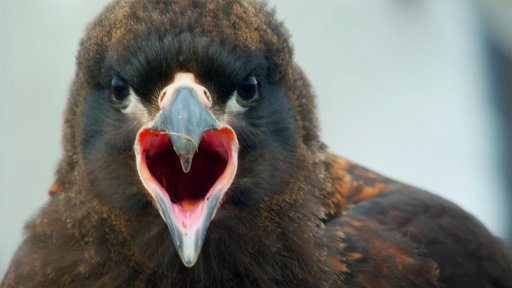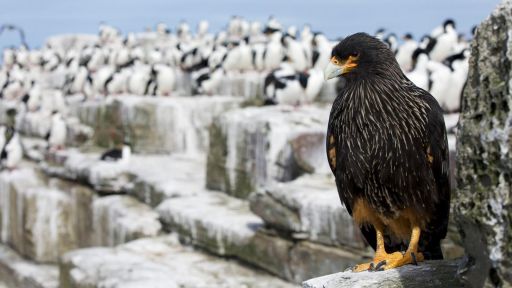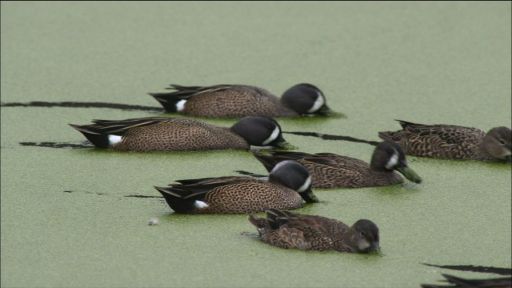In the early 2000s, an invasive snail species took over these Florida wetlands. These invasive snails were too big for many of Florida’s snail kites to consume so many birds vanished. But ten years later, these birds made an unbelievable recovery.
Features



- [Narrator] In the early 2000s, an invasive snail species took over these wetlands.
The new snails were five times bigger than their usual prey.
Most snail kites couldn't eat them.
Many birds vanished, along with any hope for their survival in Florida.
But 10 years later, the snail kites were back.
Their population tripling to over 2,000 birds.
And they were catching and eating the bigger snails, but with some major changes.
Their beaks and bodies had grown up to 12% bigger in little more than a decade.
It turns out a few big-beaked birds could handle the new supersized prey.
(kites calling) And birds with bigger beaks passed those genes onto their young.
(kites screeching) Happening in less than two snail kite generations, the speed of change is almost unbelievable.
(wings whooshing) (water splashing) (kite screeching) Florida's snail kites are evolving right in front of us.


